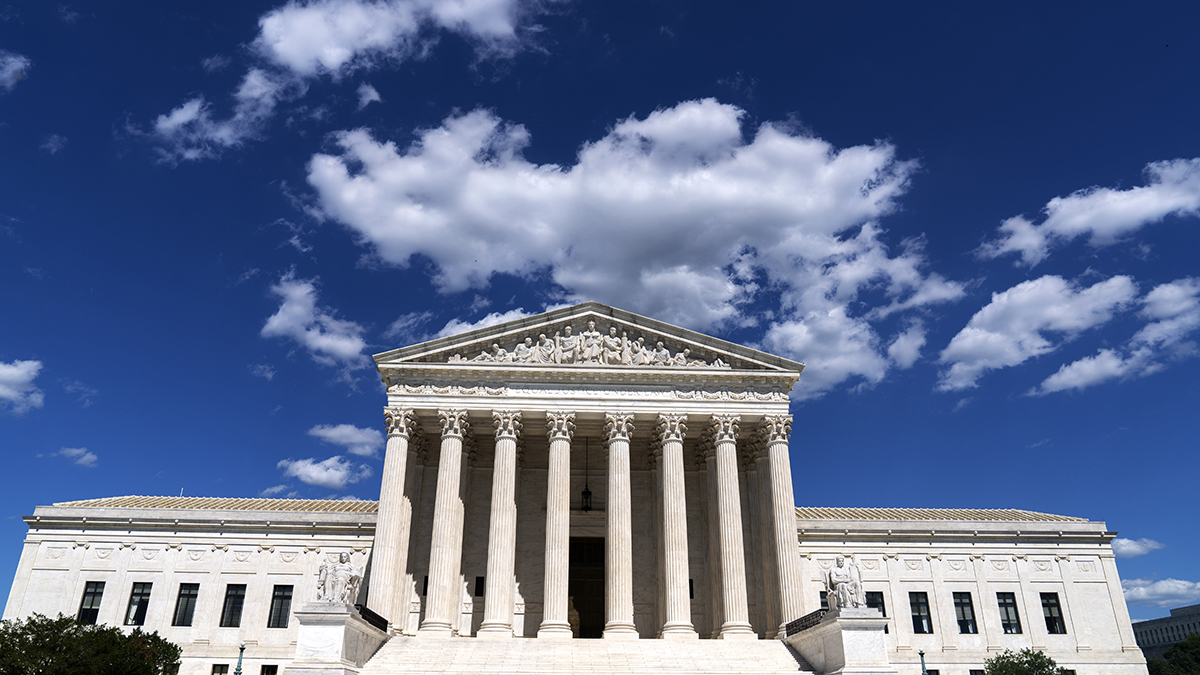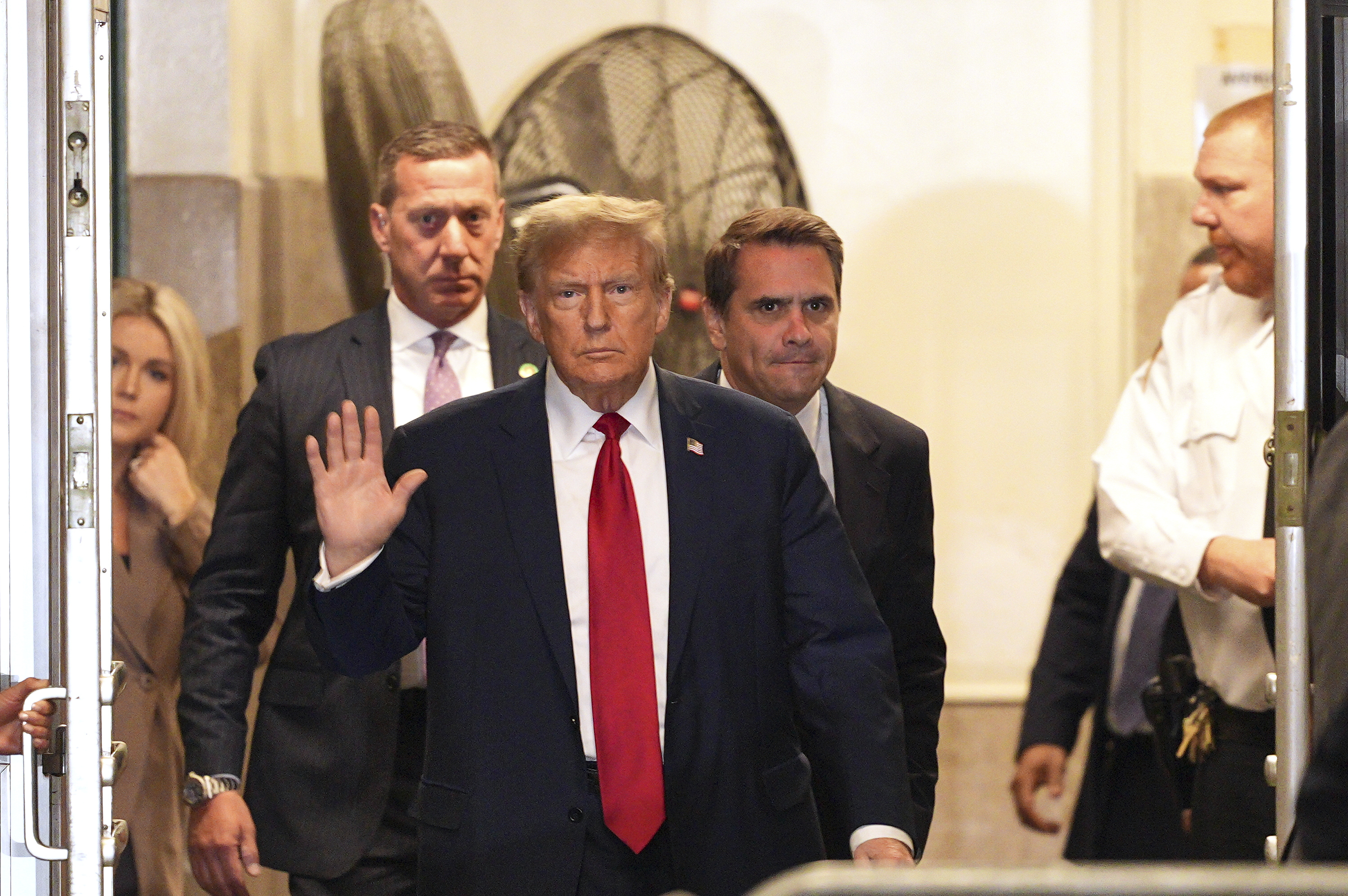It was a hot, windy day in Southern California when a trash truck caught fire and the driver dumped the burning garbage on the side of the road. Minutes later, powerful winds blew the flames across a hillside and into a mobile home community, killing two people and destroying dozens of homes.
No California law governs how trash haulers respond to a fire in their truck, leaving it to the waste industry to provide guidance. The industry has long recommended drivers quickly unload burning garbage to ensure their safety, prevent explosions and limit damage to vehicles that can cost up to $300,000.
Now, as California braces for several days of hot, windy weather, industry leaders are taking a second look at whether the guidance makes sense when the threat of wildfires is high.
"We're in the beginning of a conversation within the industry" on the topic, said David Biderman, executive director of the 10,000-member Solid Waste Association of North America.
"What I suspect is that on days when there's inclement weather, including high winds, we need our drivers to be particularly mindful of that when they dump the load," he said.
Those conditions exist this week in much of California, where unusually high temperatures and gusty winds have elevated fire danger to the highest level. It's leading utilities to shut off power to prevent electrical lines from sparking blazes.
While a wildfire can erupt in many ways, waste industry officials said they couldn't recall when a trash truck fire was the cause. But the danger always is there, especially because they are seeing more fires break out in loads of trash as Americans throw away more flammable things like lithium batteries.
U.S. & World
News from around the country and around the globe
Fires break out when batteries, paint and other combustibles are squished in the back of the truck, said Brandon Wright, vice president of communications at the National Waste & Recycling Association.
When drivers detect a fire, they are trained to get somewhere safe, call the fire department and dump the load, Wright said.
"It's generally a best practice," he said.
Authorities haven't said what sparked the Oct. 10 fire aboard the trash truck belonging to CR&R Environmental Services. The driver dumped the load on the roadside in Calimesa, a community of 9,000 in the foothills of the San Bernardino Mountains about 70 miles (113 kilometers) east of Los Angeles.
The truck wasn't seriously damaged, and the driver wasn't hurt. Officials haven't said whether he tried to put out the fire before or after dumping it or whether he called 911.
Authorities are investigating whether a crime was committed but have said the mere act of unloading the trash isn't one.
Nikki Gilmore, CR&R's leader of environmental health and safety, declined to discuss the investigation. She said the Stanton, California-based company is serious about safety and grieves for the victims.
Jim Brown, a private fire investigator in California, said it's crucial to get the truck driver to safety but that removing the flaming material from the vehicle may not be the best choice in a fire-prone region.
He said investigators would likely be evaluating whether the trash hauler acted with negligence, even if there was no intent to start a wildfire and dumping garbage is common.
"You want to contain fire," Brown said. "The problem with spreading trash out is even in a mild wind, it's going to burn."
Ideally, the driver would find an empty, paved parking lot, but sometimes they must make a judgment call, assessing where they are and what materials they're hauling, said Nathan Brainard, vice president of the environmental division for Insurance Office of America, an independent insurance agency.
Even if the driver follows protocol, the company will likely be held liable for damages blamed on the burning load, he said.
Joe Fusco, vice president of Casella Waste Systems in Rutland, Vermont, said his company trains drivers on how to handle a fire, but what works in his region might not fly out West.
"What is good practice or regulation for California, Arizona, for Nevada, is going to be different from what is good practice for Vermont or New Hampshire, where we're under a blanket of snow six months of the year," he said.



